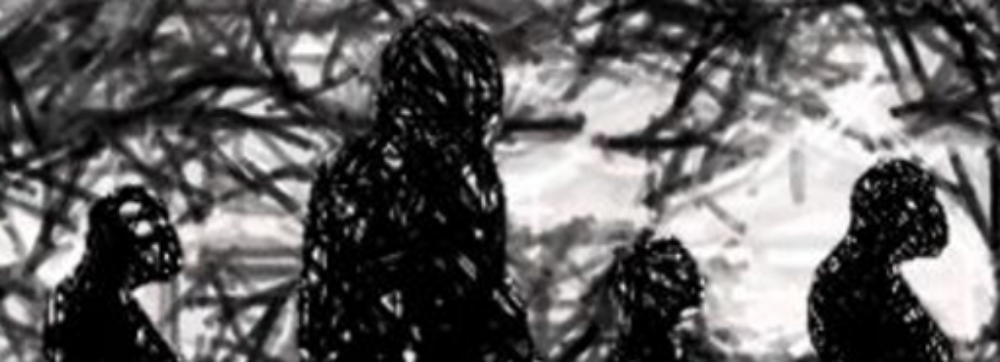Lola Rivoal, Leonard Samain-Aupic, Konstantina Margiotoudi, Maud Champagne-Lavau and Adrien Meguerditchian
Abstract
During a conversation, language efficiency is strongly related to the “audience design” capacity (Bell, 1984) to anticipate and update the recipient’s representations and knowledges. In the brain, a rightward depth asymmetry in the mid-posterior Superior Temporal Sulcus (STS) was described as a human-specific neuroanatomicall and mark of such high-level social cognition (e.g. Leroy et al., 2015). Whether nonhuman primates are able to take into account the recipient’s knowledge when producing referential pointing-like gestures remain controversial (Tomasello, 2006; Leavens et al. 2019) given the results published in the primate literature are often equivocal.
The present study investigates in 35 adult baboons Papio anubis (15 females, 20 males) living in social groups at the station de primatology CNRS (Rousset, France) (1) their capacity to consider-when communicating by pointing gestures (e.g., Bourjadeet al., 2014) – the knowledge’s state of a human recipient and (2) their neuroanatomical correlate within the STS.
In the behavioral test, the “communicative” experimenter (ComExp) (1) arrives in front the subject enclosure, behind two opaque buckets (i.e., 1 empty, 1 with food) which are both out-of-reach for the animal, (2) wait forthe animal’s responses during 15 seconds and (3) gives the bucket content.
Before this test phase, four conditions are preliminary presented:
(1) “know”: ComExp hides herself the food into one of the two buckets;
(2) “does not know”: a 2nd experimenter (Exp2) hides the food;
(3)“does not know anymore”: ComExp hides the food herself, leaves the place, then Exp2 reversed the food location;
(4)“still know”: ComExp hides the food herself, leave the place and come back to reverse herself the location of the food.
Video coding of the baboon’s behaviors during the test consisted of measuring frequencies of (1) typical/atypical pointing and typical/atypical gaze alternations between ComExp and a bucket (typical: toward the food buckets; atypical: toward the empty bucket).
The analyses of the MRI anatomical T1w images of each subject consisted of using BrainVisa software for parametrizing the left and right STS in order to extract its posterior-anterior depths data points all along its surface. For each subject, hemispheric left-right depth asymmetry of each STS point was then calculated (see Meguerditchian et al., 2016).
Results showed that typical pointing decrease significantly in females only in the “does not know” or the “does not know anymore” conditions in comparison to the “know” or “still know” conditions, suggesting their ability to discriminate the knowledge’s state of the recipient. Interestingly ,when typical pointing, atypical gaze-alternations toward the empty bucket in females increase significantly only in the third “does not know anymore” condition, suggesting their capacity to attribute false belief to the deceived recipient. Moreover ,only baboons which succeed in this task have the mid-posterior portion of the STS deeper in the right hemisphere just like in humans.
These findings suggest that (1) baboons may be able to take into account the recipient’s state of knowledge of the recipient when using referential pointing, (2) that such a high-level of social cognition might be related to human-like brain specialization.
Acknowledgements. Funding from the European Research Council under the European Union’s Horizon 2020 research and innovation programm grant agreement N° 716931 – GESTIMAGE – ERC-2016-STG.
References
Bell, A. (1984). Language style as audience design. Language in society ,13(2),145-204.
Bourjade, M., Meguerditchian, A., Maille, A., Gaunet, F., & Vauclair, J.(2014). Olive baboons (Papio anubis) adjust their visual and auditory intentional gestures to the visual attention of others. Animal Behaviour, 87, 121-128.
Leavens, D. A., Bard, K., A., Hopkins, W.D.(2019). The mismeasure of ape social cognition. Animal cognition, 22(4), 487–504.
Leroy, F., e tal., & Dehaene-Lambertz, G. (2015). New human-specific brain landmark: the depth asymmetry of superior temporal sulcus. PNAS, 112, 1208-1213.
Meguerditchian, A., et al.(2016). Human-Like Brain Specialization in Baboons: an in vivo Anatomical Mri Study of Language Areas Homologs in 96 Subjects. In S.G. Roberts et al. (Eds.), Proceedings of Evolang 11.
Tomasello, M. (2006). Why don’t apes point?In N. Enfield, & S. Levinson (Eds.), The roots of human sociality: Culture, cognition, and interaction (pp.506-524). Oxford: Berg.
